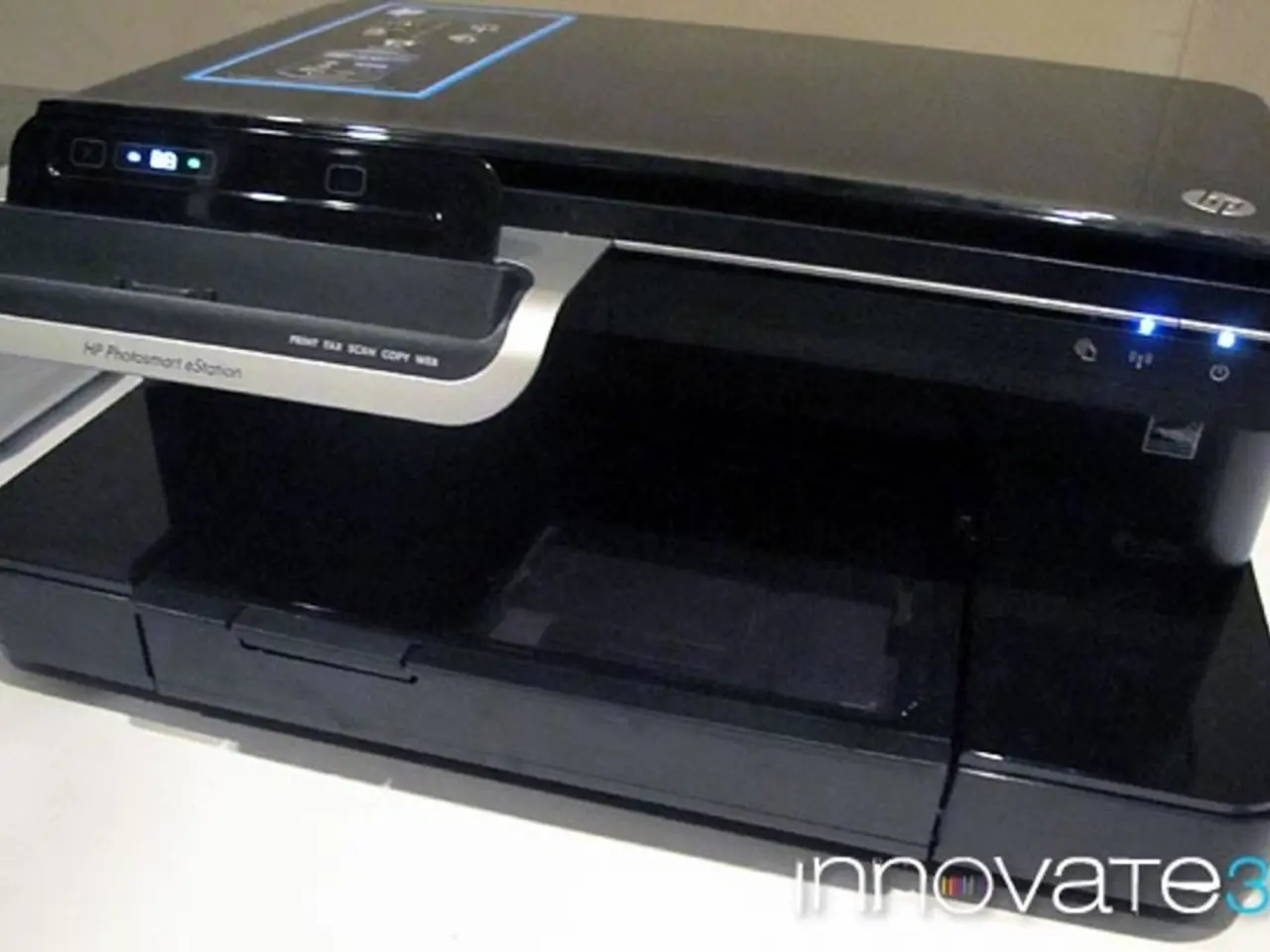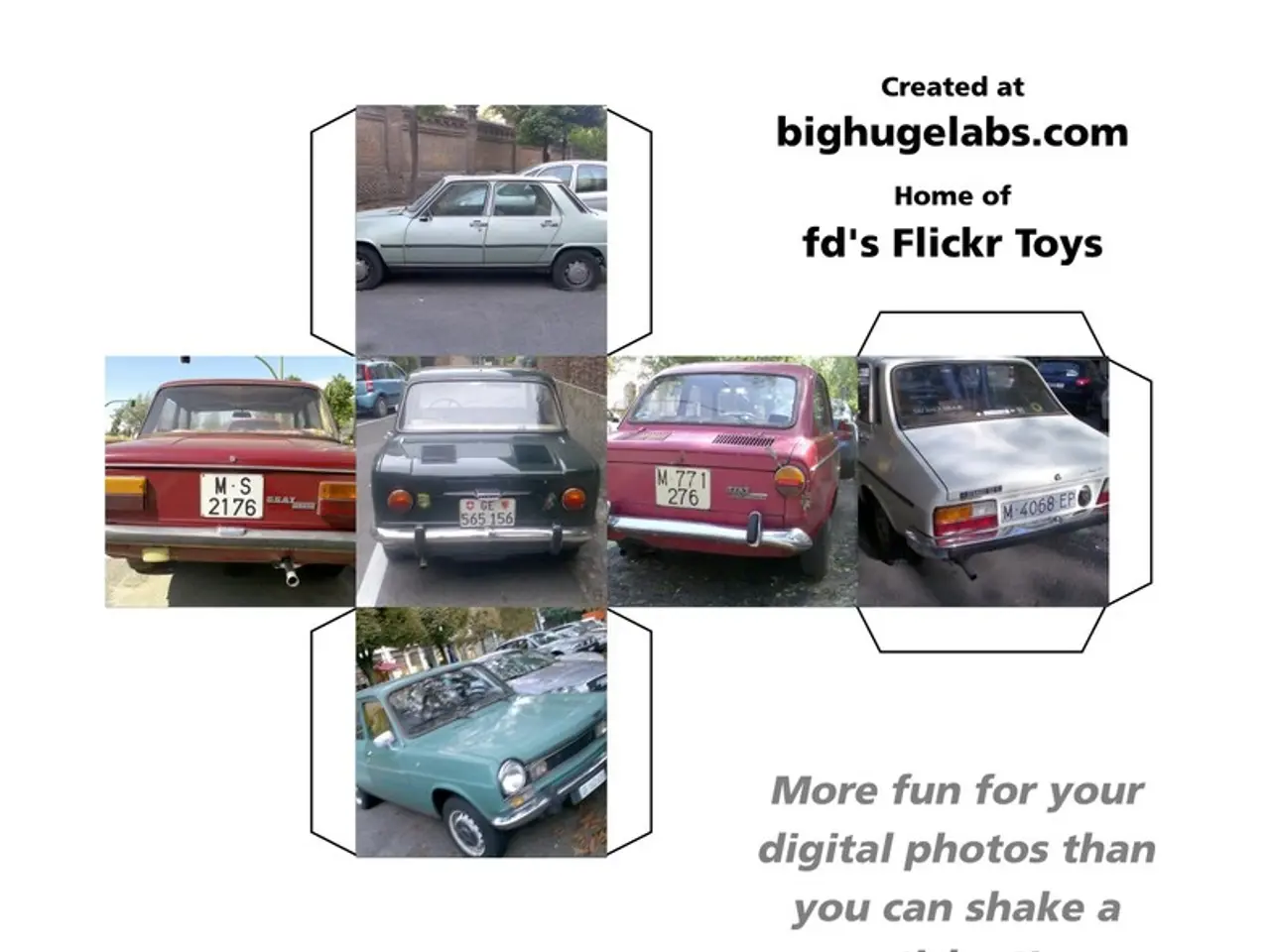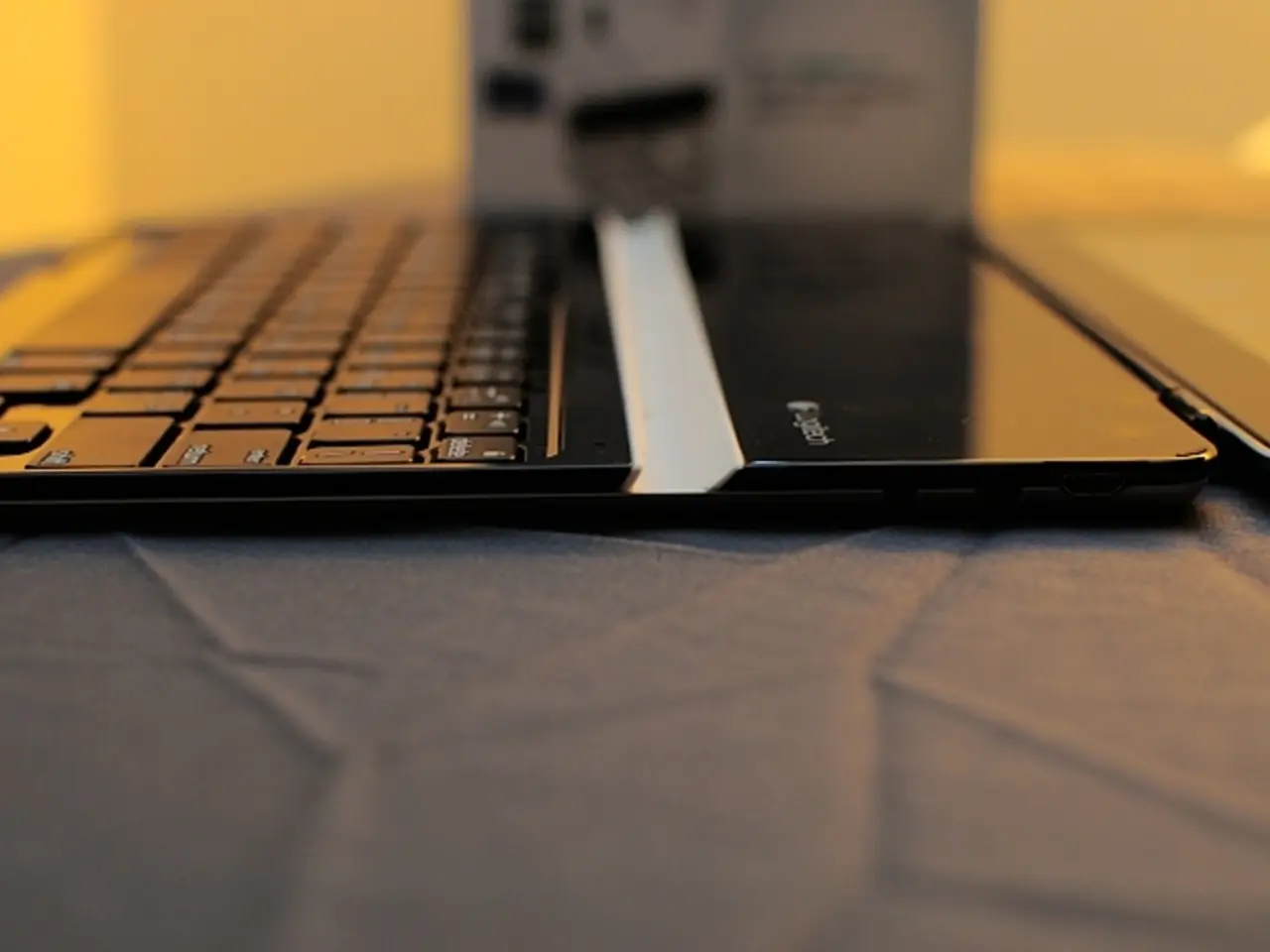Canon's Nanoimprint Lithography Emerges as a Potential Competition for EUV Technology?
In the ever-evolving landscape of the semiconductor industry, Canon's Nanoimprint Lithography (NIL) technology has reached a significant milestone, marking 30 years since its inception and positioning itself as a primary alternative to extreme ultraviolet (EUV) lithography for deep-nanoscale silicon electronics. Canon has become the first company in the world to commercialize a semiconductor manufacturing system using NIL technology, offering a low-cost alternative to ASML’s advanced high-NA EUV lithography systems.
### Current Status of Canon's NIL Technology
Canon's NIL technology has shown great promise, with numerous semiconductor companies actively evaluating it for producing advanced semiconductor devices due to its high manufacturing quality. The company's nanoprint lithography scanner is positioned as a cost-effective solution, and collaborations with research institutions such as the Texas Institute of Electronics are ongoing to further advance the technology.
### Potential Impact Compared to EUV Lithography
Comparatively, NIL presents several advantages over EUV lithography. It offers lower manufacturing costs due to simpler equipment and processes, and is capable of deep nanoscale patterning, making it effective for 3D and complex 3D patterning. While EUV lithography remains the industry standard for leading-edge nodes, NIL offers an attractive complementary or alternative technology, especially as the industry looks for lower-cost solutions and new device architectures.
### Industry Context and Challenges
As feature sizes shrink, the semiconductor industry becomes increasingly capital intensive, requiring more mask and lithography steps. NIL presents a way to potentially reduce some of this complexity and cost. Advanced packaging and silicon lifecycle management are growing focuses, and technologies like NIL that support advanced 3D and heterogeneous integration could be critical for future chip designs.
### Summary
Canon's NIL technology is commercially mature and positioned as a cost-effective alternative to EUV lithography for producing advanced semiconductor devices. It offers advantages in throughput, cost, and capability for 3D patterning, appealing especially in applications extending beyond traditional silicon chip fabrication. While EUV remains the industry standard for cutting-edge nodes, NIL's growing adoption could reshape parts of the semiconductor manufacturing landscape, especially amid rising lithography costs and complexity.
This positions Canon's NIL as a potentially disruptive technology with lasting impact on semiconductor fabrication strategies in the coming years. NIL has the potential to significantly reduce manufacturing costs due to the elimination of complex optics and high-energy light sources. Canon's latest NIL system, the FPA-1200NZ2C, can produce chips with a minimum linewidth of 14nm, making it comparable to ASML’s leading EUV scanners for 5nm process technology and potentially smaller nodes in the future.
The ability to create precise 3D structures makes NIL well-suited for manufacturing advanced photonic devices used in fiber optic communications and other applications. Both NIL and EUV technologies are expected to continue evolving, with both playing crucial roles in shaping the technological landscape of tomorrow. NIL could enable the creation of patterned media for hard disk drives, leading to significant increases in storage capacity. The future of NIL and EUV lithography promises to be an exciting one, as these technologies continue to push the boundaries of what is possible in the semiconductor industry.
The future of manufacturing advanced semiconductor devices may witness a significant shift as Canon's Nanoimprint Lithography (NIL) technology, with its potential to reduce costs and enable precise 3D structures, competes with AI-driven European Lithography (EUV). The evolving landscape of technology and science could see NIL technology playing a key role in reshaping the sector, particularly in the realms of photonic devices, hard disk drive patterns, and other next-generation applications, offered by its low-cost alternative to EUV lithography.




